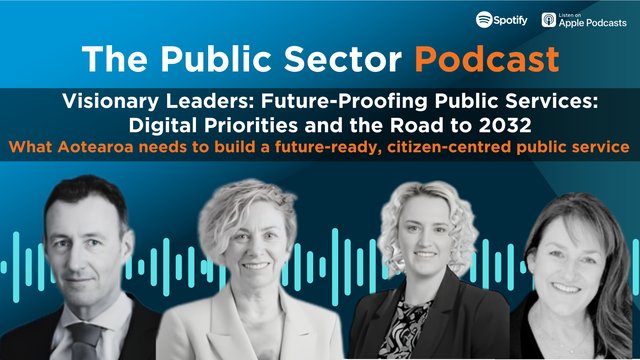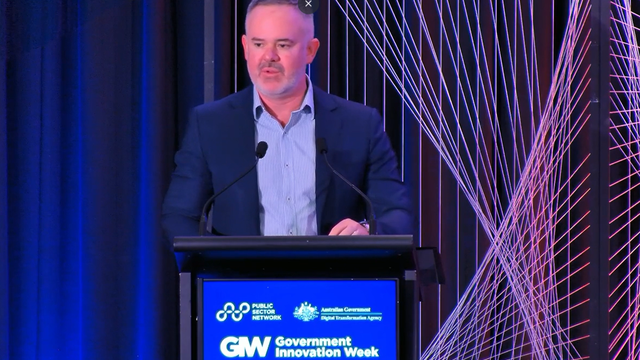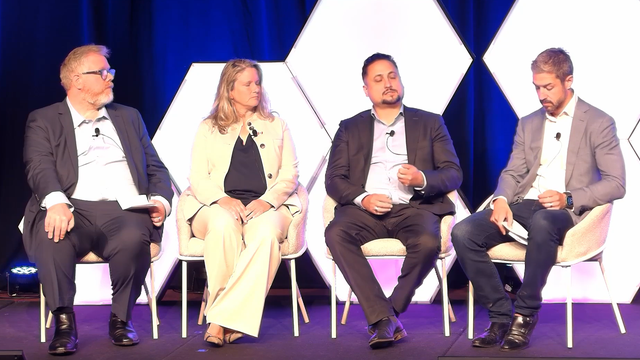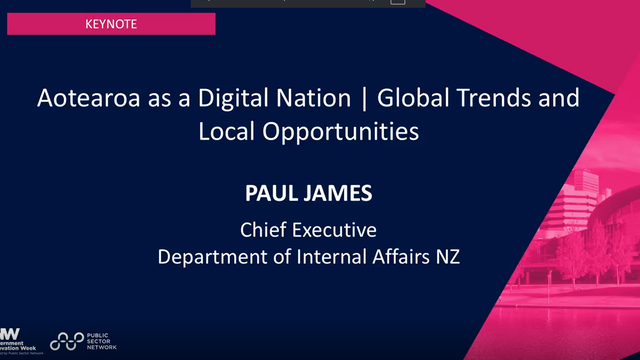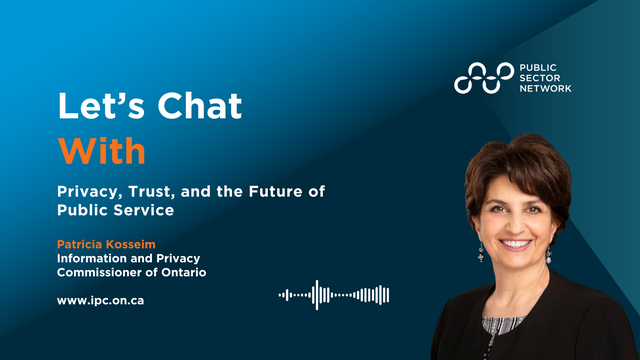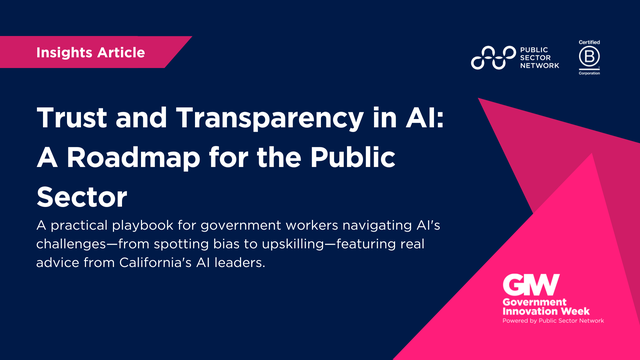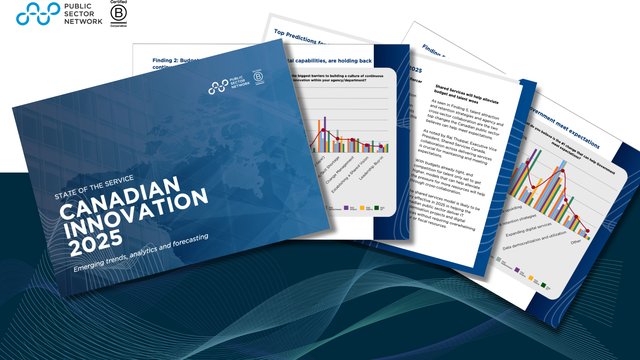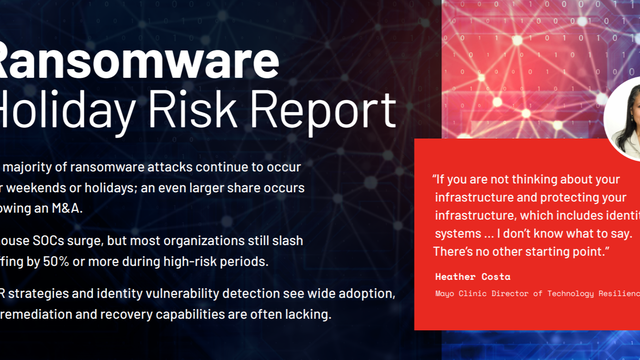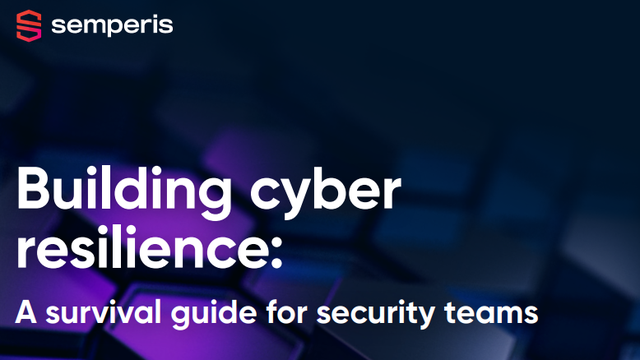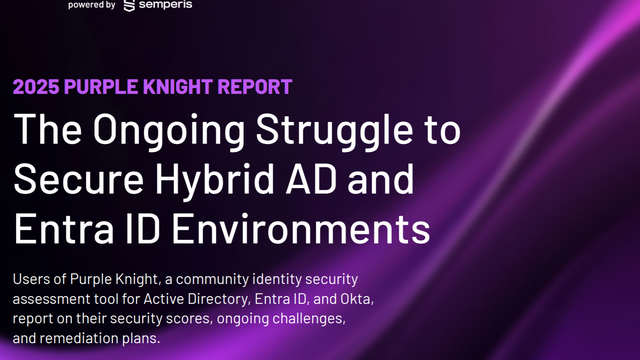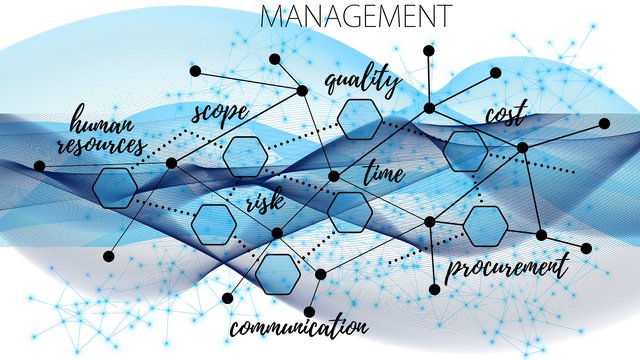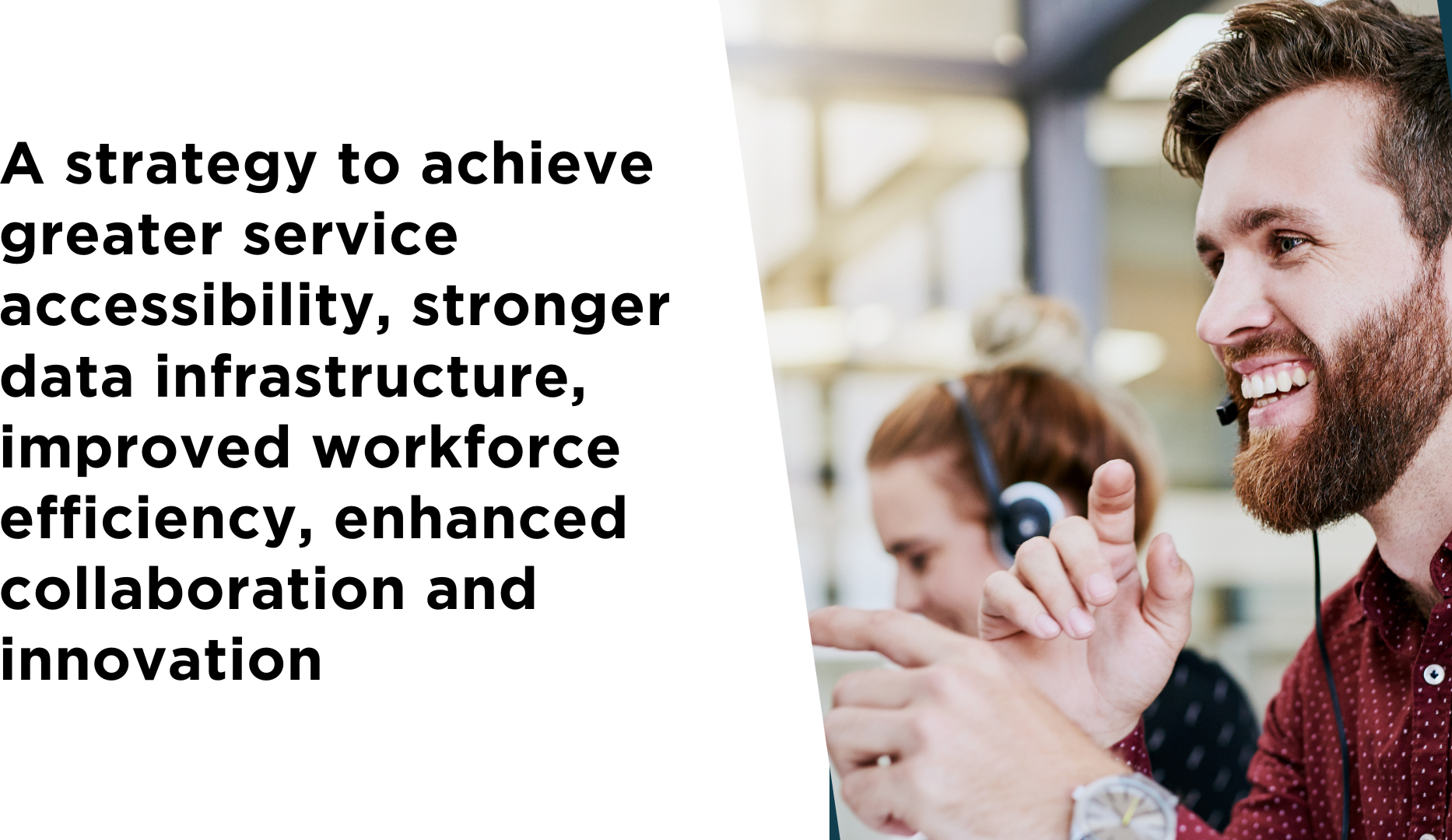
"Real transformation happens when leadership is united behind a clear vision, user experience is front and centre, and data becomes a trusted asset. At Department of Human Services, digital transformation isn't just about technology—it's about building trust, empowering frontline workers, and delivering support with empathy and efficiency."
Dr Shikha Sharma, Chief Information Officer, Department of Human Services
Quick Facts
Organisation: Department of Human Services (DHS), South Australia
Project Name: Digital Capability and Customer Experience Modernisation
Established: Ongoing digital transformation, accelerated post-COVID
Main Objective: To modernise and scale digital services across DHS, improve internal systems, enhance data governance, and deliver accessible, inclusive services to vulnerable communities.
Key Benefits: Greater service accessibility, stronger data infrastructure, improved workforce efficiency, enhanced collaboration and innovation.
Future Vision: Expand enterprise-wide solutions, leverage AI, and continue improving internal capability to support inclusive, client-focused public services.
Organisational Context
The Department of Human Services (DHS) delivers a diverse range of programs for vulnerable South Australians, including disability support, child safety, social work, justice screening, and household concessions. With a workforce of 3,400 people—over 30% of whom are based in regional and remote areas—ensuring seamless, inclusive digital services is essential.
DHS embarked on a comprehensive strategy to modernise and accelerate its digital capability and enhance the customer experience across all functions. This effort includes improving internal collaboration, data governance, systems modernisation, and the delivery of intuitive, equitable services for all South Australians.
Challenges and Opportunities
Like any other public sector agencies, the Department faced several organisational barriers to digital transformation:
- Fragmented systems and legacy infrastructure created inconsistent and inefficient processes.
- Data silos and lack of governance hindered evidence-based decision-making.
- Limited digital literacy and capability among staff slowed adoption of new tools.
- Lack of unified strategic alignment led to siloed projects that missed opportunities for scale.
Moreover, delivering services that are both accessible and inclusive across metro and regional areas presented unique challenges, particularly in ensuring user-centric design and equitable digital access.
Solution: A Whole-of-Department Digital Transformation Strategy
DHS introduced a four-tiered, strategic planning model to drive digital change:
- Organisational Vision – Align all digital efforts with the overarching mission: "Making a difference so South Australia thrives."
- Integrated Digital, Data, and IT Strategies– Establish strategic roadmaps that are interconnected and linked to broader department priorities. These focus on:
- Problem identification and solution design
- Scalable and accessible IT systems
- Evidence-based insights through data and analytics
- Portfolio Planning and Governance – Regular reviews of digital initiatives by the leadership team ensure alignment, responsiveness to policy shifts, and prioritised delivery.
- Transparent Communication – Fortnightly town halls and cross-team collaboration foster shared understanding, innovation, and momentum.
Implementation and Impact
DHS has delivered several key initiatives that demonstrate scalable, employee- and client-focused transformation:
1. Revamping the DHS Intranet for User Experience
- Complete rebuild of the intranet with employee-centric design, including streamlined access to HR, leave, payroll, and performance tools.
- A centralised document library to improve searchability and consistency.
- An AI pilot project to train models on policy documents, enabling chat-style employee assistance.
2. Data Governance and Reporting Infrastructure
- Created a central BI reporting hub for workforce, finance, and client services.
- Introduced Microsoft Purview to implement enterprise-level data governance.
- Emphasised clean, accessible data as foundational for future AI capability.
3. Streamlining Employee Processes
- Created Workforce Management Tool self-service platform to manage team more efficiently and effectively.
- Automated employee exit process with direct feedback dashboards for leadership.
- Launched a digital grievance portal to improve internal trust and engagement.
4. Client-Facing Digital Services
- Family Safety Portal (2022): A secure CRM platform enabling real-time collaboration between 10+ agencies for domestic violence response.
- Referral Management System (2023): An NGO-facing portal for child and family referrals, enhancing data collection and policy insights.
- Community Visitor Scheme Platform (2024): Digitised operations and reporting for volunteer-led visits supporting vulnerable individuals under public guardianship.
Lessons Learned and Key Takeaways
- Leadership Alignment Is Crucial – A clear vision cascaded through portfolio planning enables scale and agility.
- User-Centric Design Drives Adoption – Designing for employee and client needs increases engagement and accessibility.
- Data Governance Underpins Transformation – Quality data and strong analytics frameworks are essential for innovation.
- Digital Equity Must Remain a Priority – Solutions must be inclusive and accessible across geographic, cultural, and socioeconomic boundaries.
What’s Next
DHS continues to evolve its digital and data capabilities with a strong foundation in vision-led planning, employee engagement, and user-centred design. From building an inclusive intranet to piloting AI, DHS is preparing its systems and workforce for the future. By modernising internal operations and service delivery, the department ensures all South Australians—regardless of where they live—can access the support they need in a way that is digital, dignified, and equitable.
